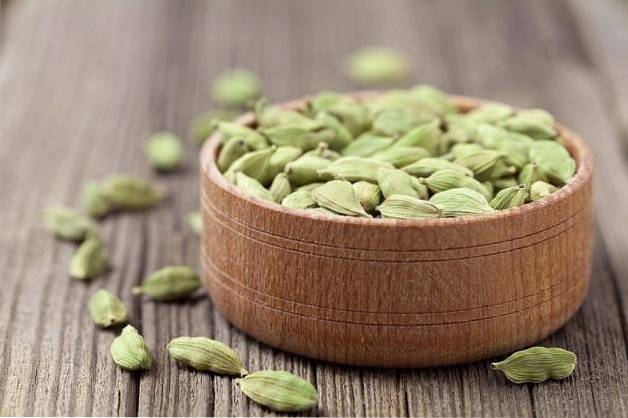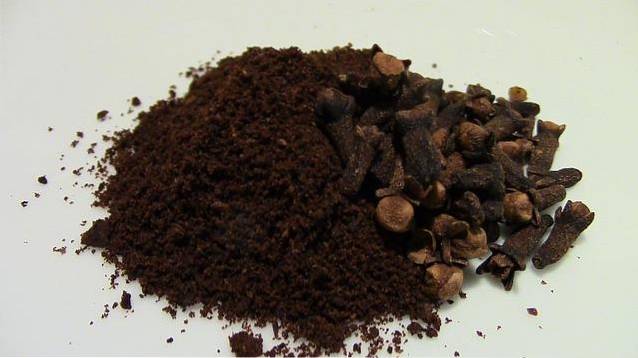
Sports psychology How to set goals in preseason

For most footballers, the summer holidays are over to start a new preseason where the teams have got down to work to fine-tune the performance of their players..
It is in this period where the coaches design their squad, cover their needs with new incorporations and short, medium and long-term objectives are established. This last task is usually a headache since it is played with expectations that are not always met, especially when the goals that the technicians propose are difficult to achieve. What's more, What kind of objectives should we set ourselves? Only of result? Performance?.
Outcome objectives
The first ones, the results, are usually quite motivating since they go through obtaining titles, promotions, permanence, goals, victories, etc. but they host high states of activation that can lead the athlete to suffer periods of anxiety and stress that limit their potential.
Performance targets
Second, there are the performance objectives, that is, goals that have to do with the achievement of decisive actions such as: ball cuts in defense, completed passes, scoring chances, crosses from the wing, shots on target, speed , power, agility, etc..
A priori, they are not as motivating objectives as the result objectives, but they are more consistent since they play with the time variable. It is important to set goals that can be achieved in the short term as they will motivate, in this case the footballer, to meet new performance goals.
According to the SMART model, there are 5 keys that we must fulfill when setting goals as a coach or even as psychologists if we are part of the team's coaching staff:
- Specific: The goals to be proposed must refer to specific actions or behaviors. We should not be tempted to generalize, such as be strong defensively, but rather we must specify what we want to achieve. An example would be cut air balls.
- Measurable: we need to quantify them, an example would be cut 5 air balls. We will ensure that the player is aware of fulfilling his mission.
- Achievable: the objectives we must be able to do. There will be players who will be able to cut 3 air balls and others will be able to cut 8 air balls, which is complicated, if not impossible, is to cut 1000 air balls. It is important that the player perceives success in his performance.
- Relevant: The objectives have to be challenging, where the athlete finds a reason to "bite", because if he is faced with goals that are too easy, he will hardly find a motivation to meet them.
-
- Temporary: The objectives must have an "expiration date", that is, we must propose that the player meet his goals in a specific period of time (one week, 15 days, one month, etc.). During this interval, the coach with the help of the psychologist should evaluate them and keep track of whether or not the player meets the objectives set..
Goal setting is a widely used technique both in Sports Psychology as in Sports Coaching since it is the best way to work on motivation as well as being one of the best techniques to help the athlete improve their performance.
Therefore, from the UPAD Psychology and Coaching, we encourage all the coaches who are starting a new season these days, to surround yourselves with psychology professionals to establish objectives that help to get the maximum potential of each one of your athletes.



Yet No Comments